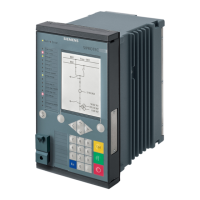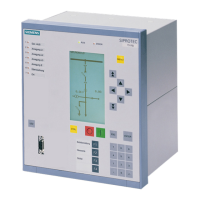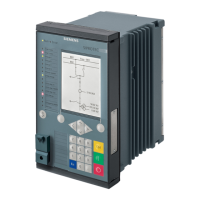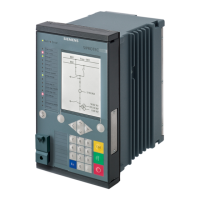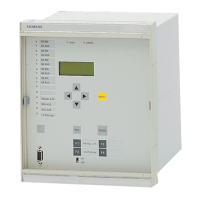10
The resistance of the human body depends on the current path and the contact
resistance of the skin. Measurements have shown e.g. approximately 1,000 Ω
for the ow of current from hand to hand or from hand to foot. Under these
assumptions, a touch voltage of 230 V results in a dangerous shock current of
230 mA. Figure 2 shows the current intensity/exposure time curves in relation to
the physiological reactions of the human body. Dangerous current intensities and
exposure times are those which reach as far as zone 4, as they can cause death
due to ventricular brillation. It also shows the tripping ranges of the residual
current protective devices with rated residual currents of 10 mA and 30 mA. It
also shows the maximum permissible tripping times according to VDE 0664-10.
As can be seen from the tripping curves, residual current protective devices do
not limit the intensity of the residual current but provide protection due to fast
disconnection of the power and therefore a minimal time of exposure to the
current.
Protection through residual current protective devices
Figure 2: Effects of 50/60 Hz alternating current on the human body
Protection against direct contact (additional protection) with I
Δn
≤30mA
Zone ①: Exposure is normally imperceptible.
Zone ②: There are generally no injurious effects or muscle spasms.
Zone ③: Muscle cramps can occur. There is normally no danger of
ventricular brillation.
Zone ④: Ventricular brillations may occur.
I
M
10 mA 30 mA
ms
mA
t
10.000
1.000
100
100
0,1 1 10 100 1.000 10.000

